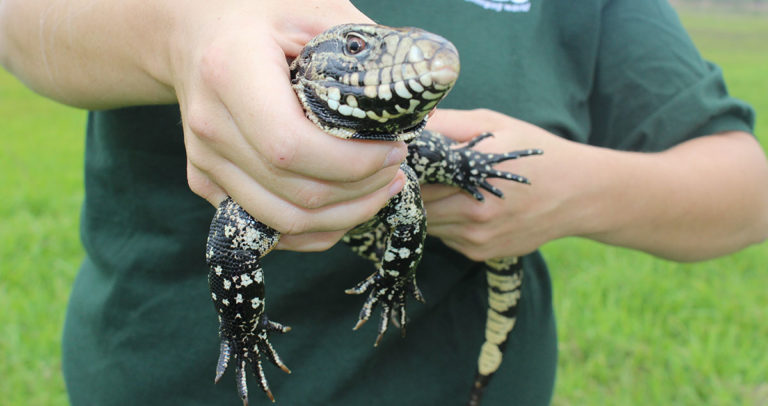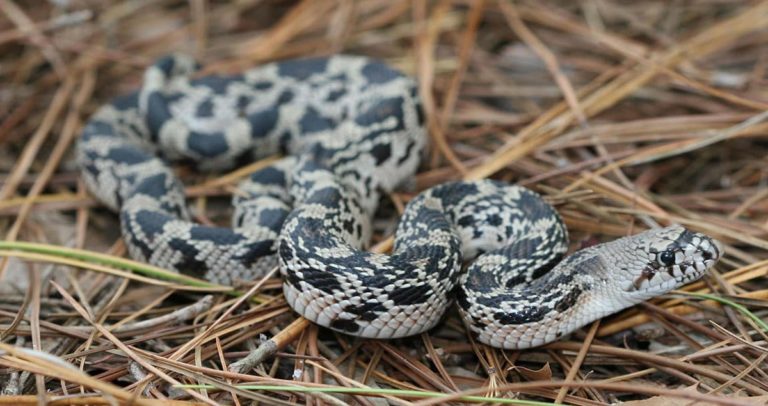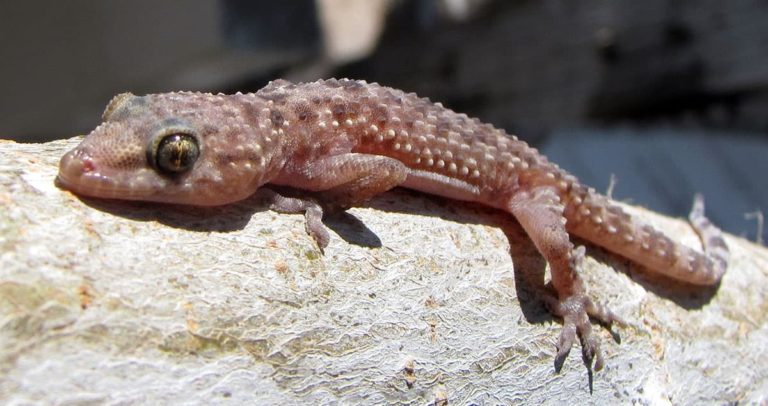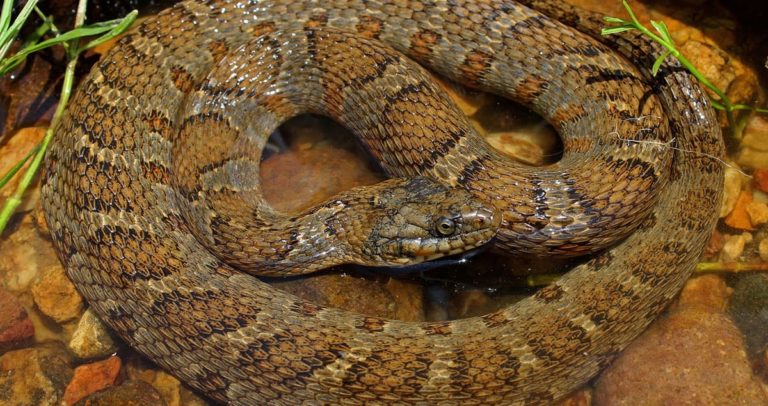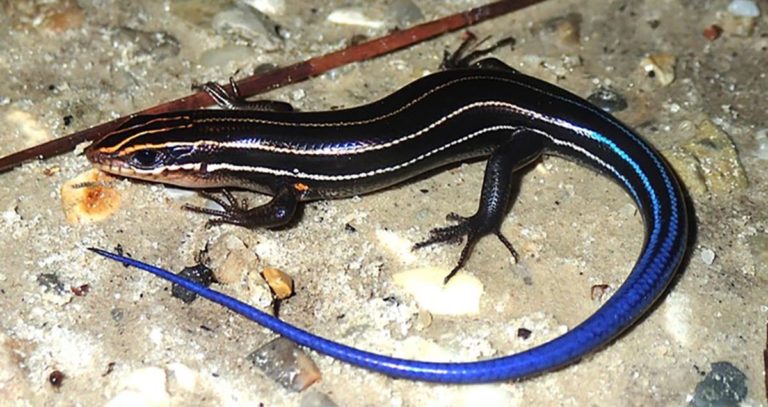Georgia’s Venomous Snakes: A Comprehensive Guide
Georgia is home to a diverse array of snake species, with several of them being venomous. These venomous snakes play a crucial role in the ecosystem by controlling rodent populations and maintaining the delicate balance of nature. This article will provide a comprehensive guide to the venomous snakes native to Georgia, including their appearance, habitat, behavior, and other key information.
Eastern Diamondback Rattlesnake
Appearance
The Eastern Diamondback Rattlesnake (Crotalus adamanteus) is the largest venomous snake in North America, with adults reaching lengths of 4 to 6 feet. They have a distinctive diamond pattern on their back, with dark diamonds outlined by lighter scales.
Habitat
Eastern Diamondback Rattlesnakes prefer dry, upland habitats, such as pine flatwoods, sandhills, and coastal scrub. They can also be found in mixed hardwood forests and grasslands.
Behavior
These snakes are primarily ambush predators, waiting patiently for prey to pass by before striking with their venomous bite. They are also known for their distinctive rattling sound, produced by vibrating the segments of their tail.
Venom
The Eastern Diamondback Rattlesnake has potent venom, which can be lethal to humans if left untreated. However, with proper medical care, the fatality rate from bites is relatively low.
Conservation Status
The Eastern Diamondback Rattlesnake is listed as “Least Concern” on the IUCN Red List. However, habitat loss and persecution by humans have led to declines in some areas.
Timber Rattlesnake
Appearance
Timber Rattlesnakes (Crotalus horridus) are medium to large snakes, measuring 3 to 5 feet in length. They exhibit color variation, ranging from yellow to brown or gray, with dark bands or chevrons along the body.
Habitat
Timber Rattlesnakes inhabit deciduous forests, mixed woodlands, and mountainous regions. They prefer areas with abundant cover, such as fallen logs, rocks, or leaf litter.
Behavior
Timber Rattlesnakes are ambush predators, using their excellent camouflage to blend in with their surroundings and wait for prey. They are also known for their rattle, which serves as a warning to potential predators.
Venom
Although Timber Rattlesnake venom is less potent than that of the Eastern Diamondback, it can still be dangerous to humans. Prompt medical treatment is crucial to reduce the risk of severe complications.
Conservation Status
The Timber Rattlesnake is listed as “Least Concern” on the IUCN Red List but is considered a species of special concern in Georgia due to habitat loss and persecution by humans.
Eastern Coral Snake
Appearance
Eastern Coral Snakes (Micrurus fulvius) are small, slender snakes, measuring 2 to 3 feet in length. They have a striking color pattern of red, yellow, and black bands, which serves as a warning to potential predators.
Habitat
Eastern Coral Snakes inhabit a variety of habitats, including pine flatwoods, hardwood forests, and coastal scrub. They are often found in areas with abundant leaf litter or debris.
Behavior
These elusive snakes are primarily fossorial, spending much of their time underground or hidden beneath debris. They feed on other snakes, lizards, and amphibians, using their potent neurotoxic venom to immobilize their prey.
Venom
Eastern Coral Snake venom is highly potent and can be life-threatening to humans. However, bites are rare due to the snake’s elusive nature and reluctance to bite unless provoked.
Conservation Status
The Eastern Coral Snake is not currently listed as a species of special concern or threatened in Georgia. However, the population status of this species is not well-documented, and data on its distribution and abundance in Georgia is limited. The Eastern Coral Snake’s secretive and elusive nature makes it difficult to study and monitor its population trends.
Copperhead
Appearance
Copperheads (Agkistrodon contortrix) are medium-sized snakes, reaching lengths of 2 to 3 feet. They have a distinctive copper-colored head and a pattern of reddish-brown, hourglass-shaped bands on a lighter background.
Habitat
Copperheads can be found in a wide range of habitats, including mixed forests, rocky outcrops, and riparian areas.
Behavior
Copperheads are ambush predators, lying in wait for their prey to come within striking distance. They primarily feed on rodents, birds, and amphibians. Copperheads are known to be more defensive than some other venomous snakes and may strike if they feel threatened.
Venom
Although Copperhead venom is less potent than that of other venomous snakes in Georgia, it can still cause pain, swelling, and tissue damage. Proper medical treatment is essential to minimize complications.
Conservation Status
Copperhead snakes are not currently considered threatened or endangered, but their populations are vulnerable to habitat loss and human persecution.
Cottonmouth
Appearance
Cottonmouths (Agkistrodon piscivorus), also known as water moccasins, are medium to large snakes, reaching lengths of 2 to 4 feet. They have a dark, olive-brown coloration with indistinct bands and a thick, muscular body.
Habitat
Cottonmouths are semi-aquatic snakes, found in a variety of wetland habitats, such as swamps, marshes, and the edges of lakes and rivers.
Behavior
These snakes are opportunistic predators, feeding on a diverse diet that includes fish, amphibians, rodents, and other snakes. Cottonmouths are known to be more aggressive than other venomous snakes in Georgia and may stand their ground if approached.
Venom
Cottonmouth venom can cause significant pain, swelling, and tissue damage. While fatalities are rare, medical attention should be sought immediately if bitten.
Conservation Status
Cottonmouth snakes are also not considered threatened or endangered, and their populations remain stable in Georgia. However, habitat loss and human persecution can affect local populations.
Pygmy Rattlesnake
Appearance
Pygmy Rattlesnakes (Sistrurus miliarius) are small, stout snakes, typically measuring 1 to 2 feet in length. They have a gray or brown base color, with a row of dark blotches down the center of the back and smaller blotches along the sides.
Habitat
These snakes inhabit a variety of habitats, including pine flatwoods, sandhills, hardwood forests, and wetlands.
Behavior
Pygmy Rattlesnakes are ambush predators, waiting in cover for their prey to come within striking distance. Their small size and cryptic coloration make them difficult to spot in the wild.
Venom
The venom of Pygmy Rattlesnakes is less potent than that of other rattlesnakes but can still cause pain, swelling, and tissue damage. As with all venomous snake bites, medical treatment should be sought promptly.
Conservation Status
The Pygmy Rattlesnake is listed as “Least Concern” on the IUCN Red List, and their populations are considered stable. However, habitat loss and persecution by humans can affect local populations.
Safety Tips for Avoiding Contact with Venomous Snakes
- Be aware of your surroundings: Familiarize yourself with the habitats and behaviors of venomous snakes in Georgia. When in snake-prone areas, be cautious and observant.
- Wear appropriate footwear and clothing: If you’re in an area where venomous snakes are known to live, wear sturdy, closed-toe shoes or boots and long pants to protect your legs.
- Stick to well-traveled paths: Snakes are less likely to be encountered on well-traveled trails, as they prefer to avoid high-traffic areas.
- Don’t put your hands or feet where you can’t see: Avoid reaching into hidden spaces like rock crevices, piles of leaves, or brush without first checking for snakes.
- Keep your yard well-maintained: Remove debris and tall grass from around your home to eliminate hiding places for snakes.
- Don’t approach or handle snakes: If you encounter a snake, give it plenty of space to escape. Never attempt to handle or kill a snake, as this is when most bites occur.
- Teach children about snake safety: Educate your children about the dangers of venomous snakes and how to avoid them.
- Know what to do in case of a snakebite: Familiarize yourself with the proper first-aid steps for snakebites and know the location of the nearest hospital or medical facility that can treat venomous snakebites.
By following these safety tips and being aware of the venomous snake species in Georgia, you can minimize your risk of encountering these fascinating but potentially dangerous creatures.
What to Do If You’re Bitten By a Venomous Snake
If you’re bitten by a venomous snake, it’s crucial to remain as calm as possible and take immediate action to get the appropriate medical treatment. Here are the steps you should follow if bitten by a venomous snake:
- Keep calm and try not to panic: Panic can increase your heart rate, which could cause the venom to spread more quickly through your body. Stay as still and calm as possible.
- Call for emergency help: Dial 911 or your local emergency number, and let them know that you’ve been bitten by a venomous snake. They can guide you through the next steps and dispatch medical help.
- Immobilize the affected area: Keep the bitten limb immobilized and at a level lower than your heart. This helps reduce the spread of venom through the bloodstream.
- Remove any constricting items: If you’re wearing any jewelry, watches, or tight clothing near the bite area, remove them as swelling may occur.
- Avoid attempting to suck out the venom: This can cause more harm than good, as you might introduce bacteria into the wound or spread the venom to your mouth and digestive system.
- Do not apply ice or heat: Applying ice or heat to the bite can damage the tissue and increase the risk of complications.
- Do not use a tourniquet: Cutting off circulation with a tourniquet can lead to more severe tissue damage and complications.
- Monitor your symptoms: While waiting for emergency help to arrive, keep track of any changes in your symptoms, such as difficulty breathing, rapid heartbeat, or increased pain.
- Provide information: When medical help arrives, provide them with as much information as possible about the snake, including its appearance and size. This can help with identification and treatment.
- Get antivenom treatment: Once at the hospital or medical facility, the medical staff will assess your condition and administer the appropriate antivenom if necessary.
Remember that time is crucial when dealing with venomous snakebites. The quicker you receive medical attention, the better the chances of a positive outcome. Always treat any snakebite as a medical emergency and seek professional help immediately.
Conclusion
Georgia is home to a diverse array of venomous snake species, each with its own unique appearance, habitat, and behavior. While these snakes can pose a risk to humans, it is essential to remember that they play a vital role in the ecosystem and should be respected. By learning to identify and understand these fascinating creatures, we can better coexist with them and appreciate their essential role in our environment.

